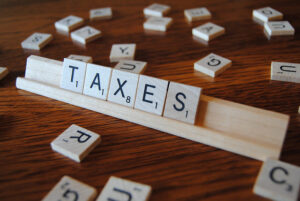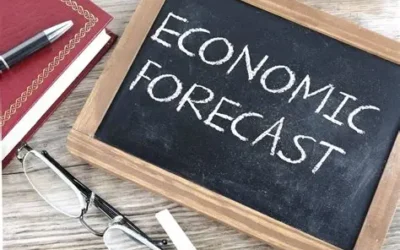
As the Dutch Supreme court made a ruling on Box 3 on the 6th of June 2024, today’s article will present the changes and their consequences on savings and investments taxes.
In the Netherlands, the savings and investments are taxed on box 3 of the yearly income tax declaration. In 2017, the Dutch Supreme Court ruled box 3 as it was no longer tenable because it violated the fundamental rights of taxpayers.
On June 6, 2024, the Supreme Court of the Netherlands (Hoge Raad) issued several rulings regarding the current method for calculating income from assets (box 3). The court determined that the existing calculations violate the European Convention on Human Rights (ECHR). According to the ruling, only the actual return on assets should be taxed if it is lower than the notional return. The Supreme Court previously ruled in 2021 that the old calculation method for box 3 income breached the European Convention on Human Rights (ECHR). In response, new calculation methods, the Herstelwet and Overbrugginswetgeving, were developed. However, the Supreme Court has now found that these new methods also violate property rights and the ban on discrimination.
Background and Legal Battles
The Supreme Court’s decision arises from five cases related to the taxation of savings and investments under the Recovery Act (Herstelwet) Box 3, following the 2021 Christmas ruling. In that ruling, the court determined that the wealth tax imposed since 2017 violated European law, necessitating compensation for taxpayers who had overpaid. Under the Recovery Act, Box 3 taxes were recalculated for those who had timely objected to their assessments between 2017 and 2020. If the presumed return was lower than originally assessed, taxpayers received compensation. However, investors contested this recalculation, arguing that it should be based on actual returns rather than presumed ones.
Assumed and Actual Returns
The Recovery Act taxed savings and investments based on presumed returns, differentiating between bank deposits and investments in securities and real estate. The assumed return for savings was minimal, reflecting the low interest rates in recent years. In contrast, the assumed return for other investments was based on a multi-year average, ranging from 5.37% in 2017 to 6.17% in 2023.
This method often resulted in significant discrepancies between the presumed and actual returns. For instance, in 2022, the AEX index fell by 13.65%, but the Dutch Tax Office presumed a positive return of 5.53% for Box 3 assessments. Conversely, in 2021, when the AEX surged by 27.75%, the presumed return was only 5.59%.
Financial Impact
The ruling targets the investors who experienced low returns, particularly during the poor market performance of 2022. However, for the acting State Secretary for Finance, Marnix van Rij (CDA), the verdict presents a challenge. Van Rij previously estimated that this decision would cost the government over €4 billion in one-off expenses and several billion euros annually until a new tax system based on actual returns is implemented.
Future Implications
The recalculation method used for the recovery process was also applied to the assessments for 2021 and 2023. Anticipating widespread objections, the Dutch Tax Office had postponed these assessments for other investments pending the Supreme Court’s decision.
This ruling marks a significant shift in the Dutch tax landscape, aiming to align tax obligations more closely with actual financial outcomes for investors.
References
Belastingdienst. (2024, June 6). The Supreme Court (Hoge Raad) made a ruling about the box 3 income – what now? Retrieved from Belastingdienst: https://www.belastingdienst.nl/wps/wcm/connect/en/income-in-box-3/content/ruling_box_3_what_now
Blue Umbrella . (2024, June 6). Supreme court ruling Box 3. Retrieved from Blue Umbrella : https://www.blueumbrella.nl/news/supreme-court-ruling-box-3
PwC. (2024). Box 3 Guide. Retrieved from PwC: https://www.pwc.nl/en/services/tax/box-3-guide.html
Photo: taxes.jpg (640×428) (alxd.org)


